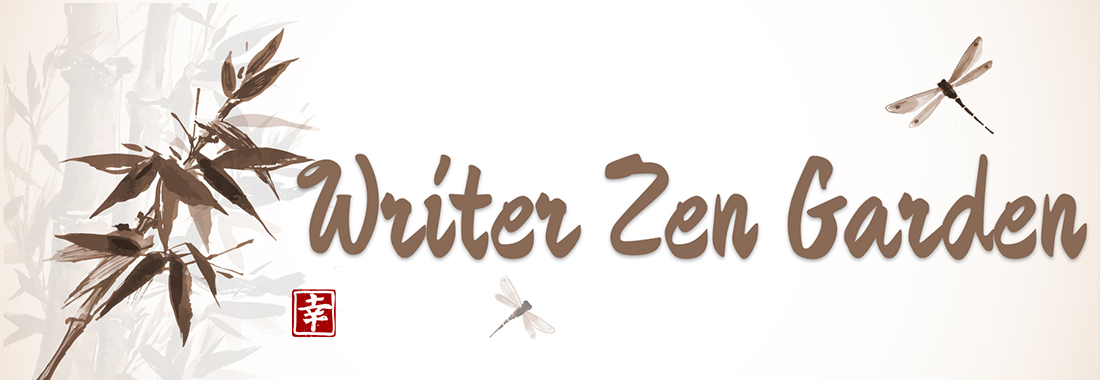J Is For… Justice!
Contributed by Adele Fasick.

Everyone has heard of Daniel Boone, but his daughter Jemima, is almost forgotten, although she too played a part in settling the western states.
Jemima’s great adventure started on July 14, 1776, when she was 13 years old and living with her family at Boonesborough, the settlement her father had organized. She and two other teenaged girls took a canoe out on the Kentucky River, which flowed close to the settlement. Seeing flowers on the opposite shore, the girls decided to paddle over and pick some. As they drew close to the shore, a group of Shawnee and Cherokee Indians appeared, seized the canoe, grabbed the girls, bound their hands, and marched them away from the river.
It wasn’t long before the settlers in Boonesborough heard voices calling and realized something was happening. They ran to the river where they found the empty canoe floating in the water. The girls had disappeared. Daniel Boone quickly organized a few men as a search party. Although both Shawnee and Cherokee Indians travelled often through the area, their trails were well hidden and Boone had no idea which way they might have gone.
Fortunately, Jemima and her friends were familiar with the difficulties of tracking people through a heavily wooded area so they did their best to leave traces of where they had gone. The girls were wearing long dresses, which made it difficult for them to walk through the dense woods, so the Indians cut several inches off the bottoms of the skirts. The Indians buried the leftover fabric so it wouldn’t be found, but the girls were able to tear pieces from the ragged skirts and attach them to bushes along the path. When the Indians noticed what they were doing, they ordered them to stop, but some pieces of fabric were left.
Jemima was wearing a bonnet and she realized the bonnet strings could give information. She tied knots in the string to indicate the number of Indian braves who had taken them—five in all. Because the girls were clever enough to leave clues, and because Daniel Boone and his party understood them, it took only a few days to rescue the girls.
Despite the worries of other settlers, the girls were not injured by their captors. In fact, the girls seem to have established congenial relations with several of the Indians. They reported that they had been well treated. Daniel Boone negotiated with the Indians and reached an agreement on where the settlers could hunt and fish. The girls were released, and everyone was satisfied.
Jemima and her friends became famous. Years afterward, James Fennimore Cooper wrote about their adventure in The Last of the Mohicans—one of the most popular books of its time. Unfortunately, Jemima was never able to read the book. Like most pioneer women, she was never taught to read. Reading and writing were considered necessary only for men. So, although Jemima found justice from the Indians, she did not always get it from her own family.
You can read more about Jemima’s story in my blog Teacups and Tyrants.

What a fascinating post! I had never heard of Jemima Boone until your post introduced her to me. Thank you for an absorbing and educational post!